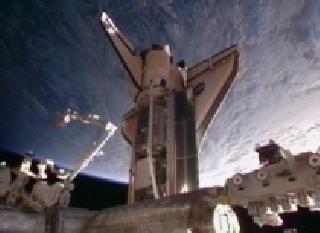
Space shuttle Discovery docked to pressurised mating adapter #2 on the International Space Station’s Harmony node. A NASA TV photo
HOUSTON (PTI): NASA's space shuttle Discovery has docked with the International Space Station in its final visit before hanging up its wings for good at a museum.
The space shuttle along with six astronauts docked with the space station as both spacecraft flew 354 kms above western Australia.
The crew's arrival marked the end of a two-day orbital chase that began with the shuttle's last launch on Thursday.
"What took you guys so long?" the space station's commander Scott Kelly joked with Discovery's crew as the shuttle drew near.
NASA had tried to launch Discovery in November, but fuel tank cracks held the mission up until repairs were completed.
"Yeah, I don't know. We kind of waited until like the last two seconds," Discovery's commander Steven Lindsey told Kelly. "You guys look great, so we're on our way."
Discovery is flying an 11-day mission to deliver a new storage room and a humanoid robot assistant called Robonaut 2, along with supplies and spare parts, to the space station.
Two spacewalks are also planned during the mission.
Commander Steve Lindsey floated onboard the space station at 4:36 pm EST (local time).
Lindsey was followed by mission specialist Nicole Stott, Steve Bowen, Mike Barratt and pilot Eric Boe and mission specialist Alvin Drew.
After the welcome ceremony and a safety briefing, the shuttle and station crews will begin transferring cargo from Discovery to the space station.
The arrival of Discovery's crew doubled the number of people at the space station from six to 12. The joint-crew includes astronauts from the US, Italy and Russia.
The two space crews will spend the next seven days working together to move cargo between their two vehicles.
Discovery's arrival also marked a historic space first: For the first time since construction began on the International Space Station in 1998, spacecraft from four of the five major partners (the space agencies of Russia, Japan, Europe and the US) are docked at the orbiting laboratory.
The remaining partner, Canada's space agency, does not have station-visiting spacecraft, but it did build the outpost's robotic arm and Dextre maintenance robot.
Altogether, the docked spacecraft and space station weigh 1.2 million pounds.
NASA and its partners hope to stage a space photo session by cosmonauts flying around the station in a Soyuz spacecraft if time allows during Discovery's flight.
Before Discovery hooked up with the station, Lindsey flew the shuttle to a point about 600 feet below the orbiting laboratory and deftly guided the 100-ton spaceship through a slow back flip.
As Discovery turned, astronauts inside the orbiting lab took hundreds of high-resolution photos of the shuttle.
The images will be beamed back to Mission Control on the ground so that teams can assess how the shuttle's heat shield fared during liftoff, ascent and the two days in orbit.
During launch, a camera on Discovery's fuel tank spotted four pieces of foam debris, some of which appeared to strike the orbiter during its ascent, but NASA officials said the impact should pose no problems for the spacecraft or its crew.
A review of the photos taken of Discovery's heat shield will help them make a final call, NASA officials said.
Discovery is no stranger to the orbital flip maneuver. In 2005, Discovery became the first space shuttle ever to perform the maneuver during the STS-114 mission – NASA's first flight after the loss of shuttle Columbia and its crew in 2003 due to heat shield damage.
The space flip and photo session have been a standard part of shuttle missions ever since.
After the pre-docking flip, Lindsey pulled Discovery in front of the station and slowly backed the shuttle into its docking port.
Discovery, which will be retired later this year along with the rest of the US shuttle fleet, is scheduled to return to Earth on March 7.
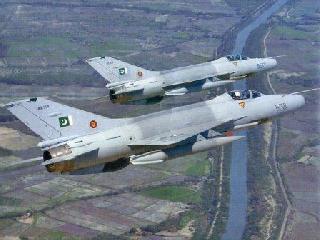 Previous Article
Previous Article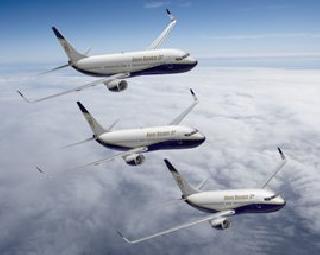 Next Article
Next Article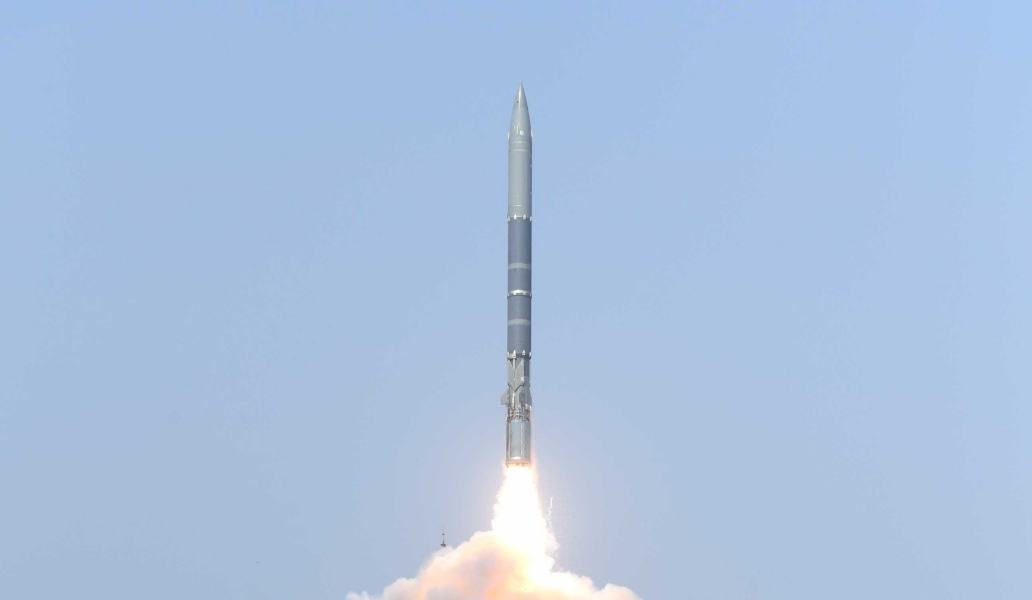
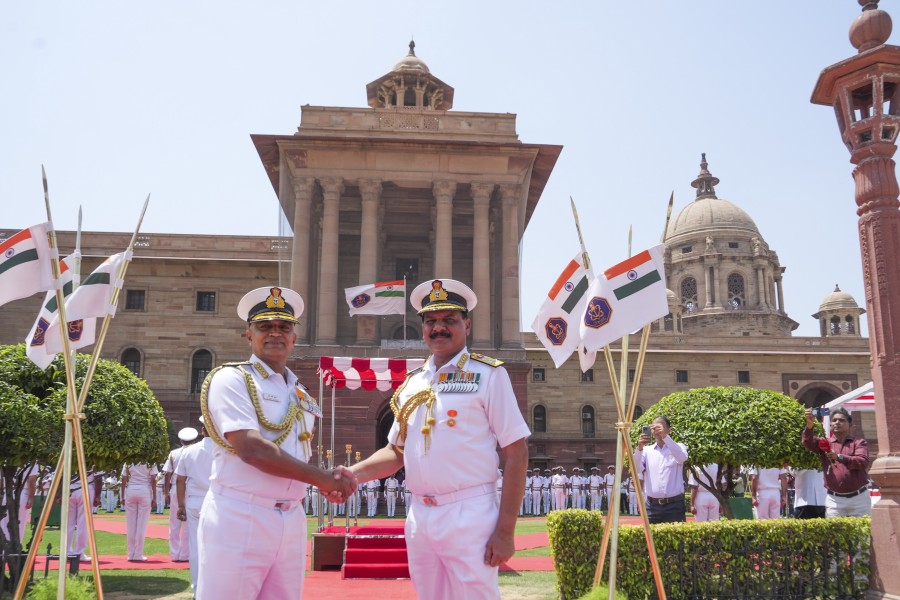
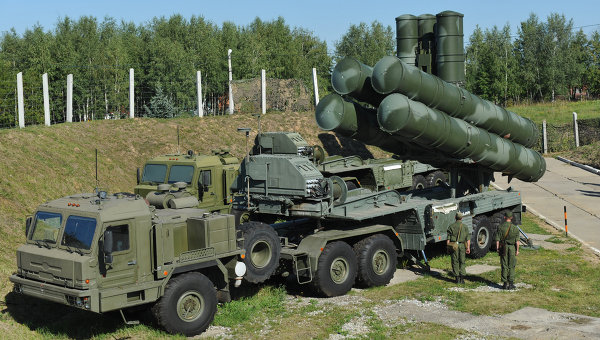
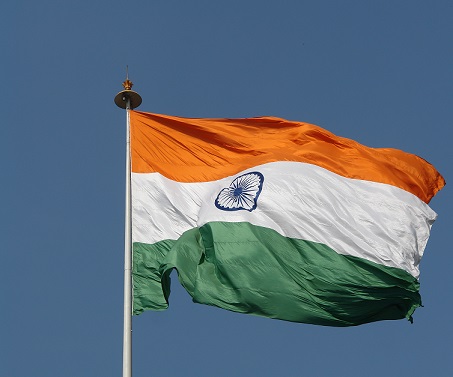
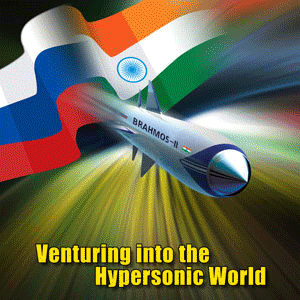
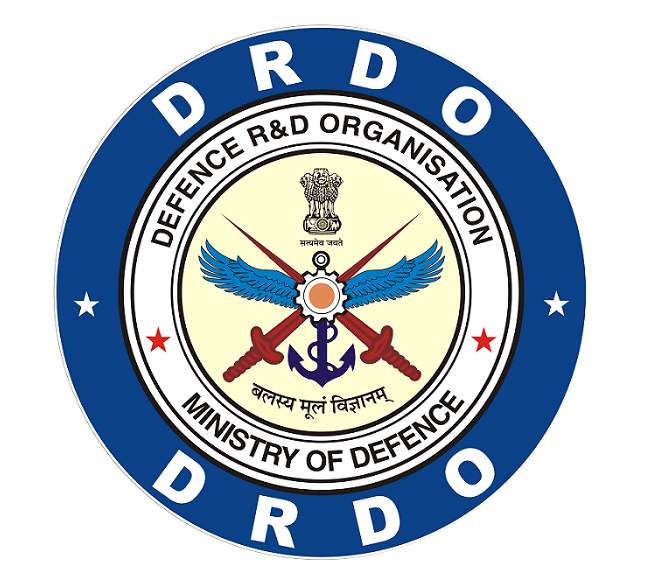
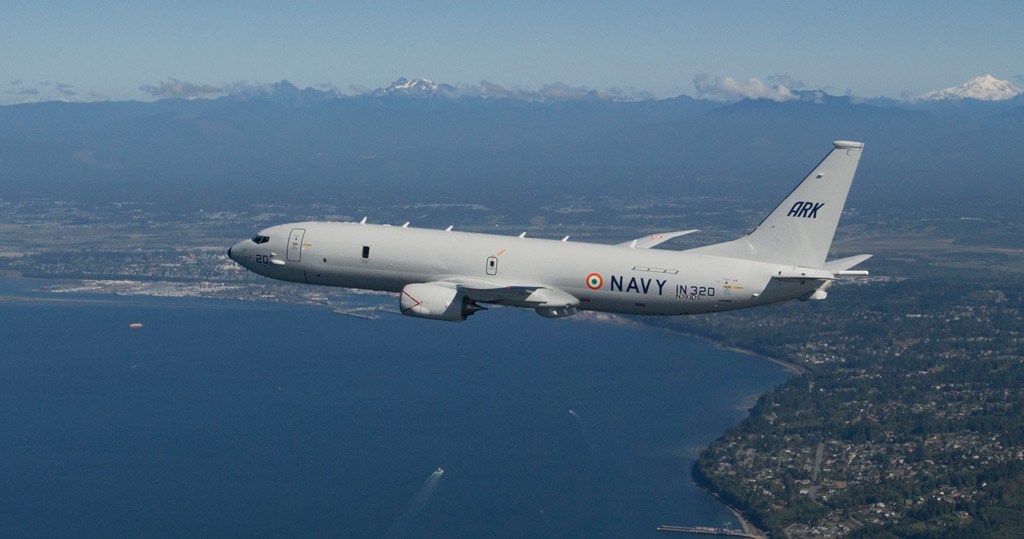
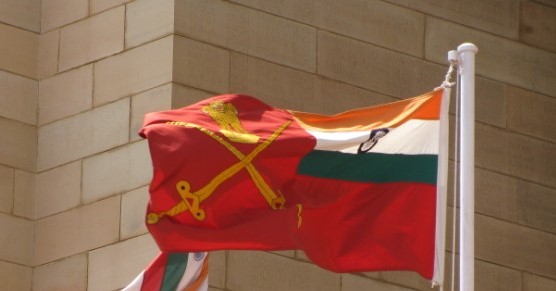
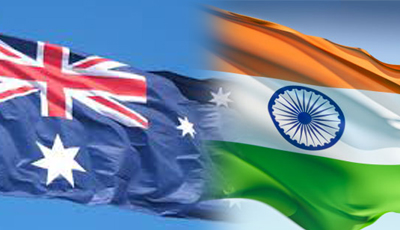





The Indian Air Force, in its flight trials evaluation report submitted before the Defence Ministry l..
view articleAn insight into the Medium Multi-Role Combat Aircraft competition...
view articleSky enthusiasts can now spot the International Space Station (ISS) commanded by Indian-American astr..
view article